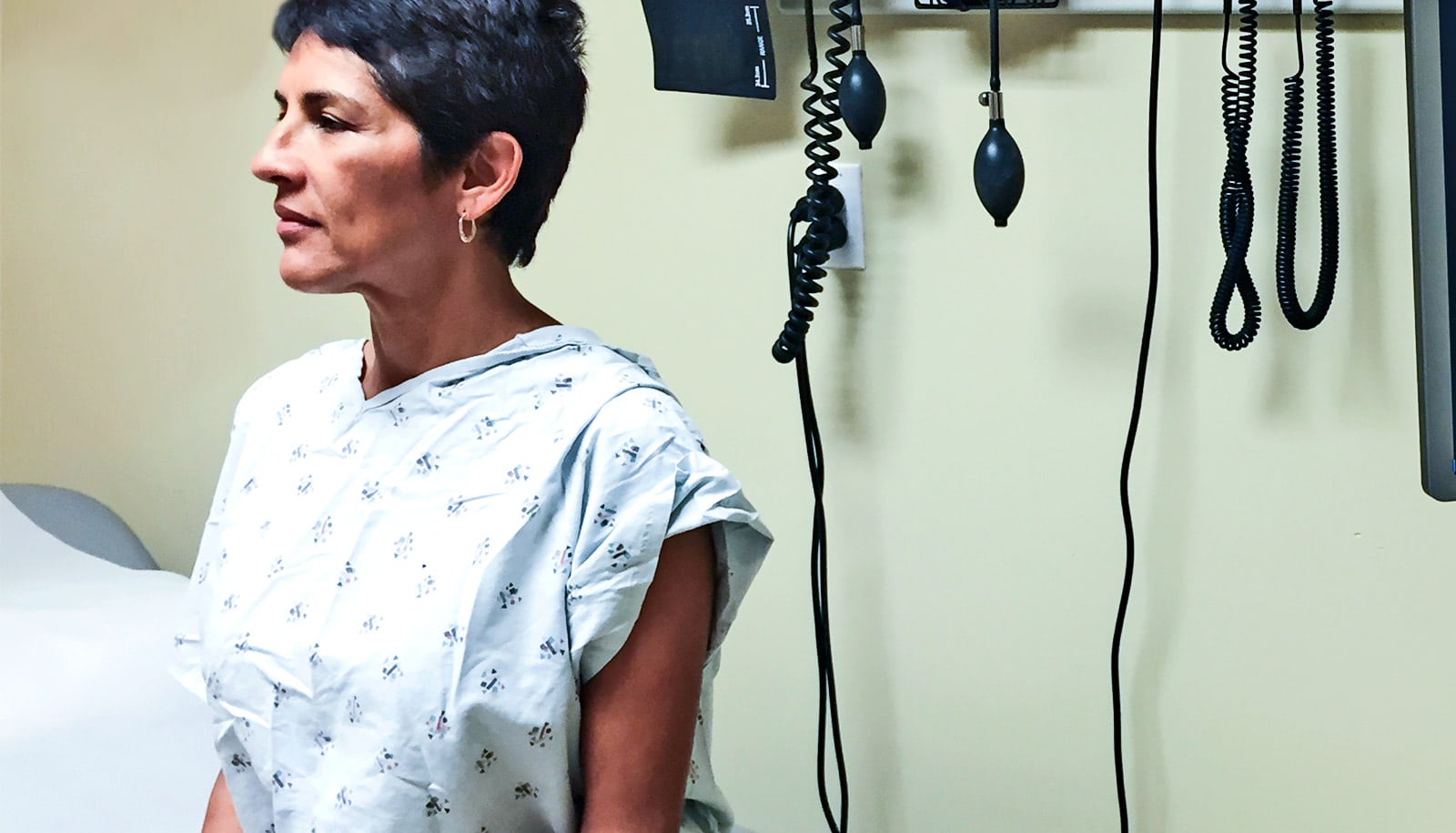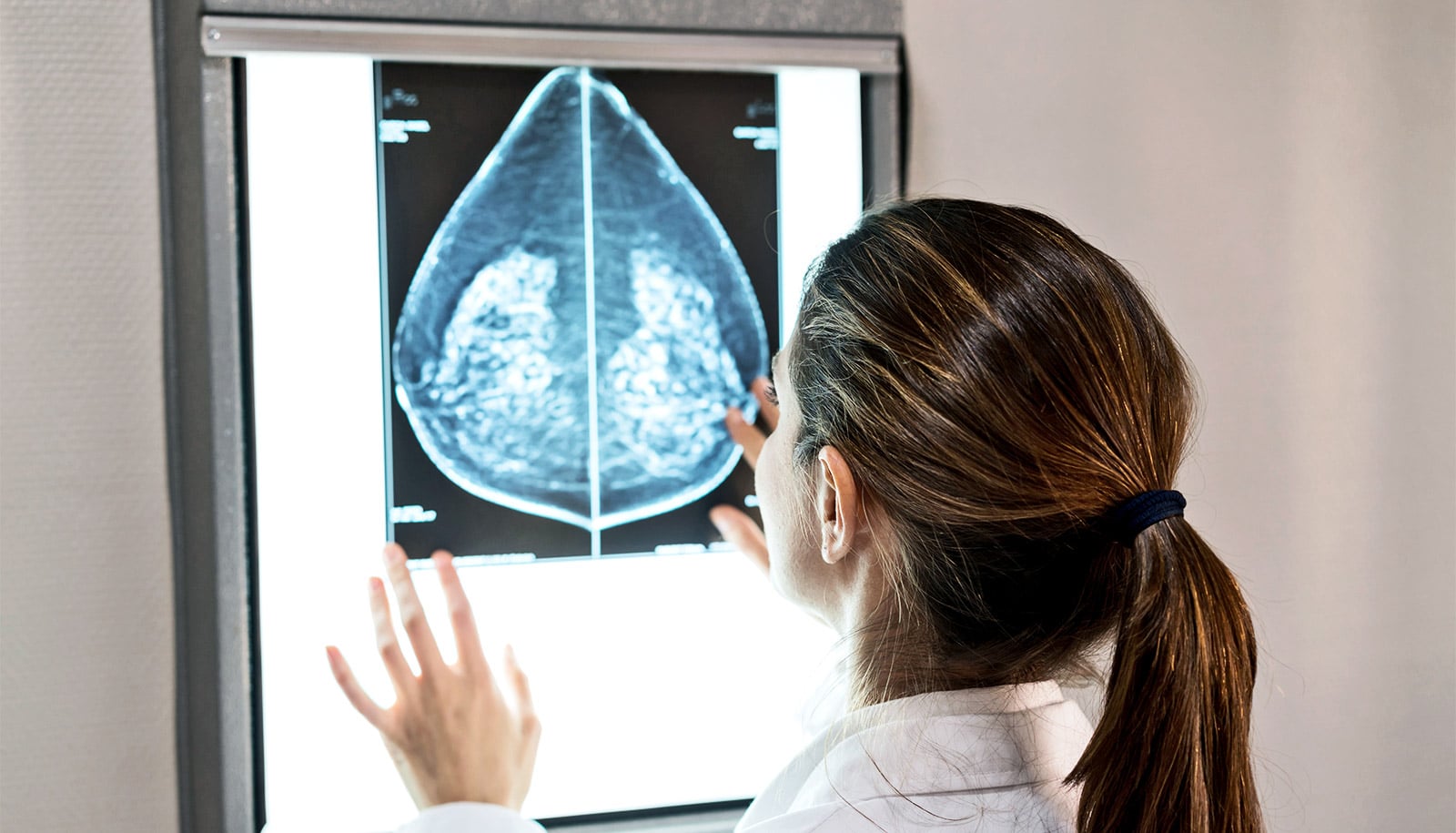About one in seven breast cancers detected by mammogram screening in the United States are over-diagnosed, according to a new study.
Over-diagnosis, the detection of cancer with mammography that would not become clinically evident in the woman’s remaining lifetime, can lead to unnecessary treatments and stress, researchers say.
Researchers designed the study to clarify the risk of breast cancer over-diagnosis using contemporary screening technology in the US.
The findings in the Annals of Internal Medicine should inform decision-making about mammography screening for women aged 50 and older. With some exceptions, health guidelines generally recommend that women over the age of 50 receive a mammogram screening every two years.
“Over-diagnosis increases medicalization,” says lead author Marc Ryser, assistant professor in the population health sciences department and the mathematics department at Duke University.
“As we have increasingly powerful screening tests and use them more frequently, over-diagnosis is becoming more widespread in cancer, as well as other diseases. Yet this problem remains poorly understood by the public, making it difficult for people to understand the balance between the benefits and harms of screening.”
While mammography has been a key reason that breast cancer death rates have declined over the past three decades, over-diagnosis remains a downside.
How often breast cancers are over-diagnosed has not been well defined, with previous estimates ranging from never to 54% of the time. The variability stems from differing definitions of over-diagnosis, study methods, and populations.
“Over-diagnosis is a tricky concept because it cannot be observed directly,” Ryser says. “If a cancer is found by screening mammography, then the woman receives treatment, and we cannot know whether she would have developed signs and symptoms in her remaining lifetime had she been left untreated.”
Ryser and colleagues devised an approach to address the difficulties of this issue in two steps.
First, the researchers used the real-life screening and diagnosis histories of women undergoing mammography screening to learn about the incidence of preclinical cancers. They also assessed the tumor latency period, which is the time that it takes for a preclinical cancer to develop signs and symptoms if it isn’t found by screening (that is the time from preclinical onset to clinical detection).
In a second step, they performed computer simulations that combined estimates of cancer incidence and tumor latency together with life tables for mortality by other causes, and predicted the extent of over-diagnosis in a program of biennial screening between the ages of 50 and 74.
Applying those techniques to a dataset that included nearly 36,000 women, 82,677 mammograms and 718 breast cancer diagnoses, the researchers found that 4.5% of all preclinical cancers were estimated to be non-progressive.
Among cancers detected by with biennial screening from age 50 to 74, 15.4% were estimated to be over-diagnosed, with 6.1% due to detecting slow-growing preclinical cancers and 9.3% due to detecting progressive preclinical cancers in women who would have died from a cause unrelated to breast cancer.
“While the results confirm that breast cancer over-diagnosis is real, they also reassure that it is not as alarmingly frequent as some studies have suggested,” says senior author Ruth Etzioni, a biostatistician and professor in the Public Health Sciences Division at Fred Hutchinson Cancer Research Center.
“To make an informed decision about when and how often to undergo mammography screening, it is important to consider both its benefits and its harms,” Ryser says.
“We know that in everyday practice, many women and their physicians tend to focus more on the benefits and spend little time discussing harms. But in providing a robust and defensible estimate of breast cancer over-diagnosis, we can help women and their physicians weigh the pros and cons of mammography screening when making these important decisions.”
The National Institutes of Health, the Breast Cancer Surveillance Consortium with funding from the National Cancer Institute, and the Patient-Centered Outcomes Research Institute funded the work.
Source: Duke University


